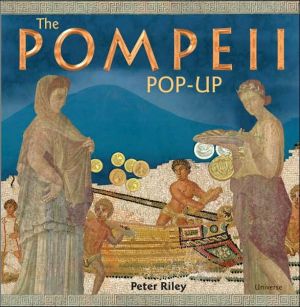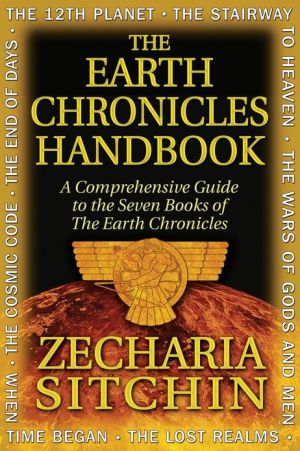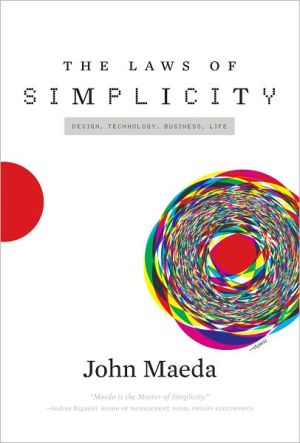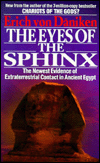The Pompeii Pop-Up
In AD 79, Italy’s Mount Vesuvius erupted and volcanic ash, lava, and rubble blanketed the Roman city of Pompeii. For nearly two thousand years, the city and its secrets remained buried, until modern excavations revealed the city had been incredibly well-preserved. The Pompeii Pop-Up is a sumptuous, six-spread pop-up book that builds a three-dimensional picture of Pompeian life before the disaster; it examines the events of that fateful day and the resultant destruction; and it shows how the...
Search in google:
In AD 79, Italy’s Mount Vesuvius erupted and volcanic ash, lava, and rubble blanketed the Roman city of Pompeii. For nearly two thousand years, the city and its secrets remained buried, until modern excavations revealed the city had been incredibly well-preserved. The Pompeii Pop-Up is a sumptuous, six-spread pop-up book that builds a three-dimensional picture of Pompeian life before the disaster; it examines the events of that fateful day and the resultant destruction; and it shows how the innovative archaeologist Giuseppe Fiorelli unveiled the hidden city. Pop-ups include a bustling Pompeii street scene, a reproduction of a Roman villa with a cutaway to its interior, Mount Vesuvius in full eruption, and a view into how an excavation is conducted. Booklets, gatefolds, and a pull-out tray of Pompeii collectables and recreations, such as a wearable gladiator mask and a Roman amphitheater allow the reader to enjoy the intriguing aspects of Ancient Roman culture, and Pompeii and its political, commercial, and cultural climate under Roman rule. Replete with detailed three-dimensional pop-ups, realistic illustrations, and informative and lively text, The Pompeii Pop-Up dynamically recounts the story of a thriving city tragically and quickly extinguished.School Library JournalGr 3-6- Colorful spreads, foldout sections, and built-in booklets introduce ancient Pompeii and its place in the Roman Empire, life in the city (commerce, religion, entertainment, etc.), people and homes, the specifics of the eruption of Mount Vesuvius in AD 79, and later excavations. The text provides enough detail to keep youngsters interested, and the pages are filled with clear maps, colorful illustrations, current-day photos of the site, and reproductions of artifacts. Three-dimensional paper sculptures of contemporary buildings allow readers to peek inside, and a pop-up image of the volcano is a real attention-grabber. While the contents of a pull-out drawer-a foldout free-standing replica of a Roman theater, a "wearable gladiator mask," and a pamphlet about the disaster's effects on nearby Herculaneum-may be easily lost, the book's movable parts are sturdy and will stand up to use by browsers.-Joy Fleishhacker , School Library JournalCopyright 2006 Reed Business Information.
\ School Library JournalGr 3-6- Colorful spreads, foldout sections, and built-in booklets introduce ancient Pompeii and its place in the Roman Empire, life in the city (commerce, religion, entertainment, etc.), people and homes, the specifics of the eruption of Mount Vesuvius in AD 79, and later excavations. The text provides enough detail to keep youngsters interested, and the pages are filled with clear maps, colorful illustrations, current-day photos of the site, and reproductions of artifacts. Three-dimensional paper sculptures of contemporary buildings allow readers to peek inside, and a pop-up image of the volcano is a real attention-grabber. While the contents of a pull-out drawer-a foldout free-standing replica of a Roman theater, a "wearable gladiator mask," and a pamphlet about the disaster's effects on nearby Herculaneum-may be easily lost, the book's movable parts are sturdy and will stand up to use by browsers.-Joy Fleishhacker , School Library Journal\ Copyright 2006 Reed Business Information.\ \








